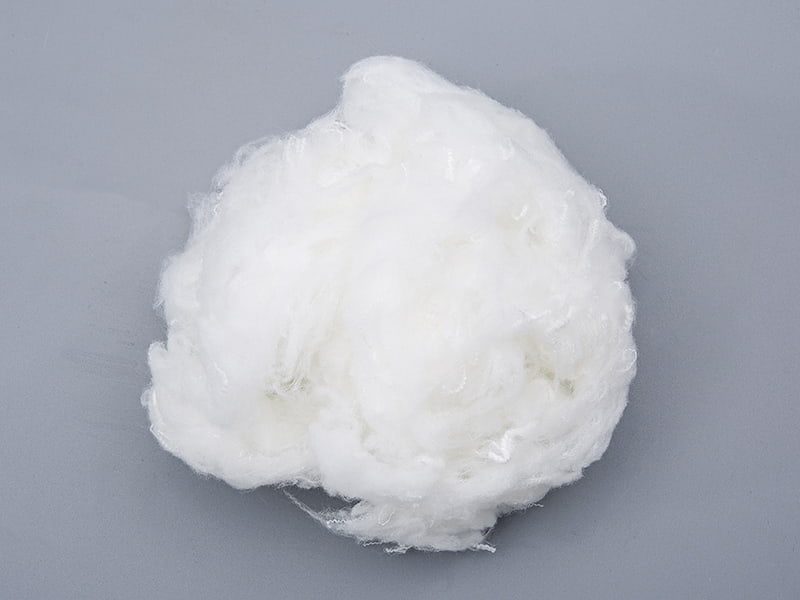 2025.05.08
2025.05.08
 Industry Information
Industry Information
In the ever - evolving landscape of materials science, functional chemical fibers have emerged as a revolutionary force, reshaping industries and redefining the capabilities of traditional textiles. These fibers are not just an incremental improvement but a quantum leap in material functionality.

Differentiated fibers represent a significant advancement in the world of chemical fibers. By tweaking the manufacturing processes or altering the structure of conventional synthetic fibers, they overcome long - standing limitations. This optimization is a strategic move to meet specific requirements while retaining the core advantages of the original fibers. For example, some differentiated fibers are engineered to have enhanced color - fastness, making them ideal for vibrant, long - lasting textiles. Others might have improved resistance to wrinkles, ensuring that garments maintain a crisp appearance even after multiple wears and washes. This category of fibers bridges the gap between traditional and high - performance materials, offering a cost - effective and practical solution for a wide range of applications.
Functional fibers are designed to possess properties that natural and standard chemical fibers lack. Through a combination of advanced chemical treatments and physical modification techniques, these fibers are bestowed with an impressive array of functions. Heat - storage and insulation properties make them for winter wear, keeping individuals warm without adding excessive bulk. Conductive fibers can be used in the production of smart textiles, enabling features like embedded sensors and wearable electronics. Their antibacterial and odor - prevention capabilities are a game - changer for sportswear and medical textiles, ensuring freshness and hygiene. The ability to absorb and retain moisture efficiently also makes them suitable for products such as towels and active - wear, where quick - drying is crucial.
High - performance fibers are the powerhouses of the functional chemical fiber world. With their exceptional strength, high modulus, and remarkable resistance to high temperatures, chemicals, and harsh weather, they are indispensable in environments. In the aerospace industry, these fibers are used to manufacture lightweight yet incredibly strong components for aircraft, reducing fuel consumption and increasing payload capacity. In the automotive sector, they enhance the durability and safety of vehicles, especially in high - stress areas. Their resistance to chemicals makes them suitable for protective clothing in industries such as chemical manufacturing and waste management, safeguarding workers from harmful substances.
Functional chemical fibers have transformed the textile and apparel industry. They have enabled the creation of innovative clothing lines that offer more than just style. From moisture - wicking athletic wear to flame - retardant workwear, these fibers have made clothing more functional and versatile. Consumers are increasingly demanding products with added benefits, and functional chemical fibers are meeting those needs.
In the medical and hygiene sector, these fibers play a crucial role. Antibacterial and odor - resistant fibers are used in medical gowns, bandages, and bedding, reducing the risk of infections. The absorbent properties of some functional fibers are also essential for products like diapers and wound dressings, ensuring comfort and effectiveness.
As technology continues to advance, the future of functional chemical fibers looks promising. Research is ongoing to develop fibers with even more advanced and complex functions. The integration of artificial intelligence and nanotechnology could to fibers that can self - adjust their properties based on the environment. This would open up new possibilities for industries, making functional chemical fibers an even more integral part of our lives.